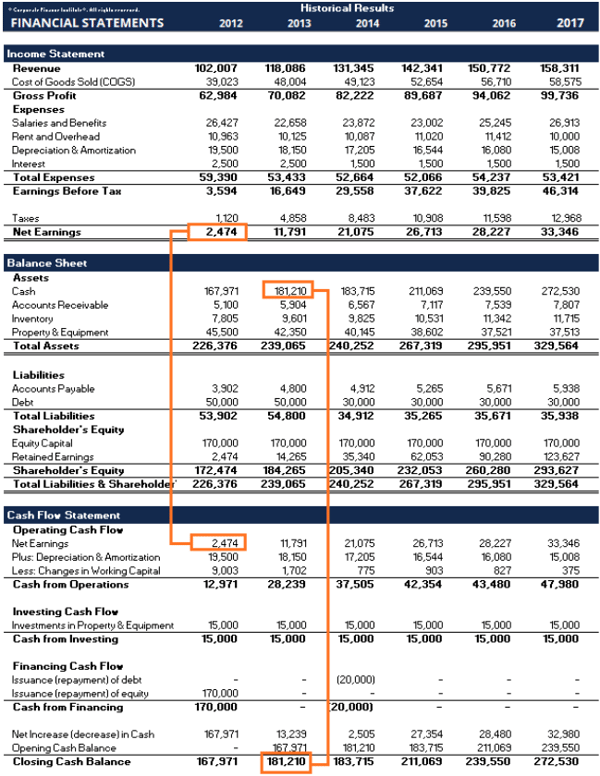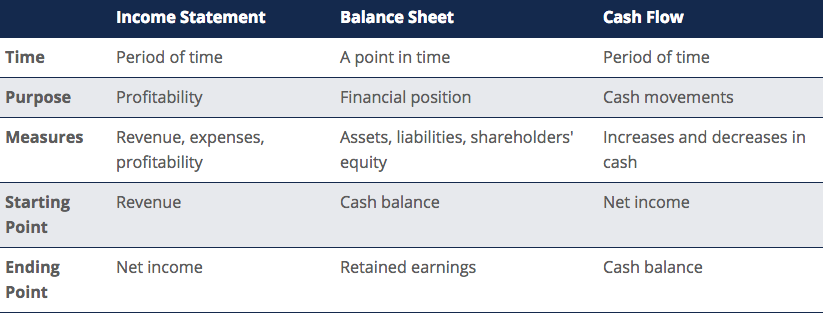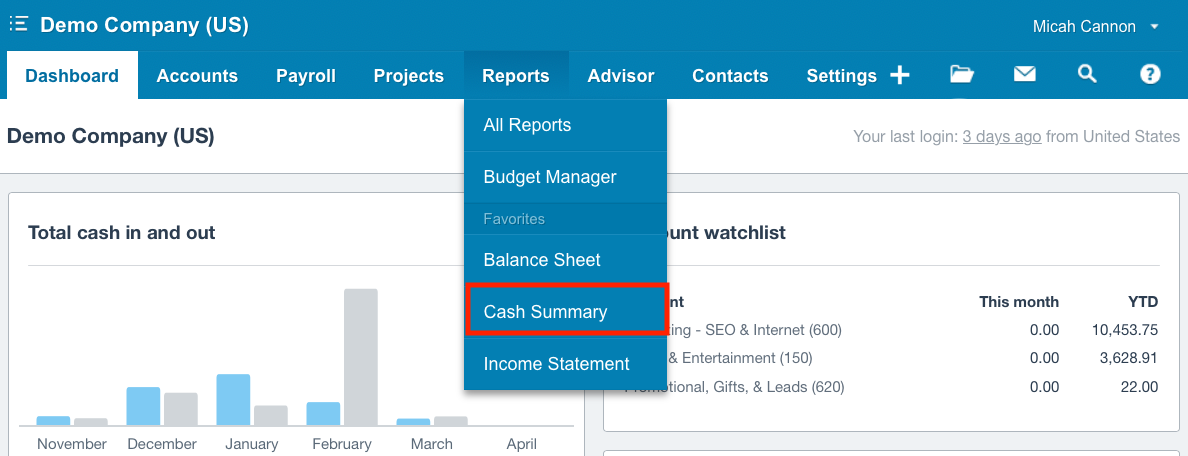Does it seem like your agency is making less money than what your income statements are reporting? Having a hard time tracking where all your money is going throughout the month? While the Income Statement - or Profit and Loss (P&L) - is the immediate go-to for most business owners, it is not the only financial statement that you should be regularly reviewing.
There is a big difference between a snap shot of your financials and what the cash flow truly looks like. The three primary financial statements are: the Income Statement, the Balance Sheet, and the Cash Flow Statement. These 3 core statements are intricately linked to each other and this guide will explain how they all fit together. By following the steps below you will be able to connect the 3 statements on your own to get a better picture of your agency's financial health.
A common oversight by business owners is how payments to loans/liabilities are treated in the financial statements. Payments to business loans are NOT expenses to the business (besides the interest portion of the payment). This means that these payments are not factored into your income statement - but they can definitely be a huge impact on cash flow.

Overview of the three financial statements:
INCOME STATEMENT
The income statement shows the performance of the business throughout each period, displaying sales revenue at the very top. The statement then deducts the cost of good sold (COGS) to find your gross profit. (Cost of goods sold include the cost of the material for the items you sell so, for insurance agents, we can remove this from the equation). From here, the gross profit is affected by other operating expenses and income to reach your agency's net income at the bottom of the statement.
Key Features:
- Shows the revenues and expenses of your agency
- All stats are expressed over a period of time (i.e. 1 year, 1 quarter, 1 month, YTD, etc.)
- Used to assess profitability
BALANCE SHEET
The balance sheet displays the agency's assets, liabilities, and shareholders' equity. As commonly known, assets must equal liabilities plus equity. The asset section begins with cash and equivalents, which should equal the balance found at the end of the cash flow statement. The balance sheet then displays the changes in each major account. Net income from the income statement flows into the balance sheet as a change in retained earnings.
Key Features:
- Shows the financial position of a business
- Expressed as a "snapshot" or point in time (i.e. as of December 31, 2017)
- Has 3 sections: assets, liabilities, and shareholder's equity
- Assets = Liabilities + Shareholder's Equity
CASH FLOW STATEMENT
The cash flow statement then takes net income and adjusts it for any non-cash expenses. Then, using changes in the balance sheet, usage, and receipt of cash is found. The cash flow statement displays the change in cash per period, as well as the beginning balances and ending balances of cash.
Key Features:
- Shows the increases and decreases in cash
- Expressed over a period of time (i.e. 1 year, 1 quarter, 1 month, YTD, etc.)
- Shows pure cash movements
- Has three sections:
- Cash from operations (pulls directly from income statement items such as salaries, payroll taxes, interest expense, rent, etc.)
- Cash used in investing (buying assets such as buildings, vehicles, signs, etc.)
- Cash from financing (the principal portion of loan and line of credit payments)
- Shows the net change in cash balance from start to end of the period
SUMMARY COMPARISON

SO WHAT NOW?
How do I put this into practice? What does this mean for me as an agency owner?
If you're having questions like these or commonly find yourself asking "where did my money go this month?", your first step should be asking your accountant for a cash flow summary and evaluating the full picture of cash flow for your agency over a particular period of time. If you are a Club Capital client, this is available for you immediately within your accounting platform under the "Reports" tab at the top of the screen.
Club Capital Clients: access your Cash Flow statement within your accounting platform "Reports" dropdown

Have more questions? Feel free to reach out to us for more information.




Comments